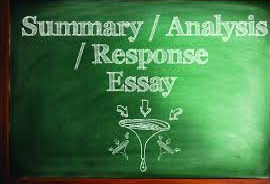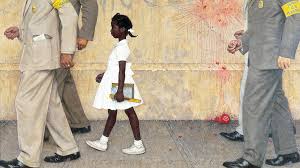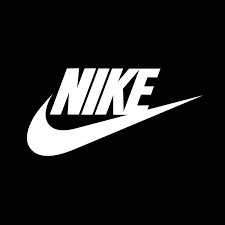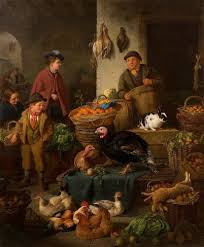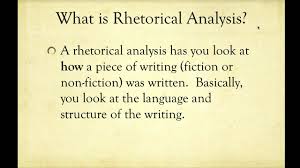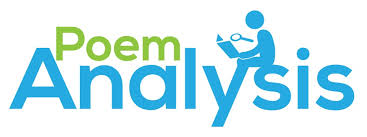
Poetry Analysis Sheet
Instructions: Use the attached poetry analysis sheet (PDF) to analyze the poem “Upon Reading that Eric Dolphy Transcribed Even the Calls of Certain Species of Birds” by the contemporary poet John Murillo.
Poem: https://www.poetryfoundation.org/poetrymagazine/poems/58805/upon-reading-that-eric-dolphy-transcribed-even-the-calls-of-certain-species-of-birds
Poetry Analysis Sheet
For this project you will read and analyze a poem written by a Latino poet. The following instructions will help you uncover the meaning of the poem.
1. What does the title mean?
Take a look at the title and reflect on what it means:
(You will need this for the introductory paragraph.)
2. Put it in your own words
Read the poem two or three times. You will see something different each time you read the poem. Write a brief summary of the poem in your own words. Highlight or list some of the words (nouns, verbs, phrases) that are important to understanding the poem.
3. What do you think the poem means?
Now think about the meaning of the poem, not just the obvious meaning of each word but what they
mean beyond the literal. Do these words suggest something else?
Answer these questions:
• Who is the subject of the poem?
• What are they talking about?
• Why do you think the author wrote the poem?
• When is the poem happening?
• Where is the poem happening?
• What is the poet’s attitude?
• How does the poem shift from person to person or between different times or places?
Most poems tell us about a poet’s understanding of an experience so the beginning will be different then
the end. The change may be in feelings, language (slang to formal), or connotation (positive to negative).
Explain how these shifts convey the poem’s message.
continued Poetry Analysis Sheet (continued)
Copyright 2009 IRA/NCTE. All rights reserved.
ReadWriteThink materials may be reproduced for educational purposes.
4. Poetic devices: Tools of the poet
Identify different poetic devices and how they convey the poem’s message.
• Simile – comparison using like or as
• Metaphor – a direct comparison
• Personification – giving human qualities to nonhuman things
• Tone – what emotion does the speaker use as he talks
• Point of view – who is the telling the poem
• Imagery – creating pictures with words
• Alliteration – repeating the same letter
5. Theme
Identify the theme (central idea) of the poem. How does the theme convey the poem’s message?
6. Look at the title again
Now look at the title again. Do you now have a different interpretation of the title?
7. Begin writing your analysis
Start with the introductory paragraph. It should contain the title, the author, and an explanation of the writer’s position as well as the significance of the title. Include a brief overall statement of the meaning
of the poem. This will lead you into the body of the analysis. In the body of the analysis, discuss how
the poem was written, which poetic devices were used, the tone, the poet’s attitude, and the shift of the poem from the beginning to the poet’s ultimate understanding of the experience in the end. Add your
interpretation of the poem.
8. Historical and cultural context
Integrate the research you have done on your author into your poetry analysis. Explain how the author’s
history and culture have influenced the poem.
List two important experiences that influenced the author:
List two conditions in the author’s country that influenced his/her life (poverty, political unrest, war, lack of opportunities, social constraints especially for women):
We can write this or a similar paper for you! Simply fill the order form!




